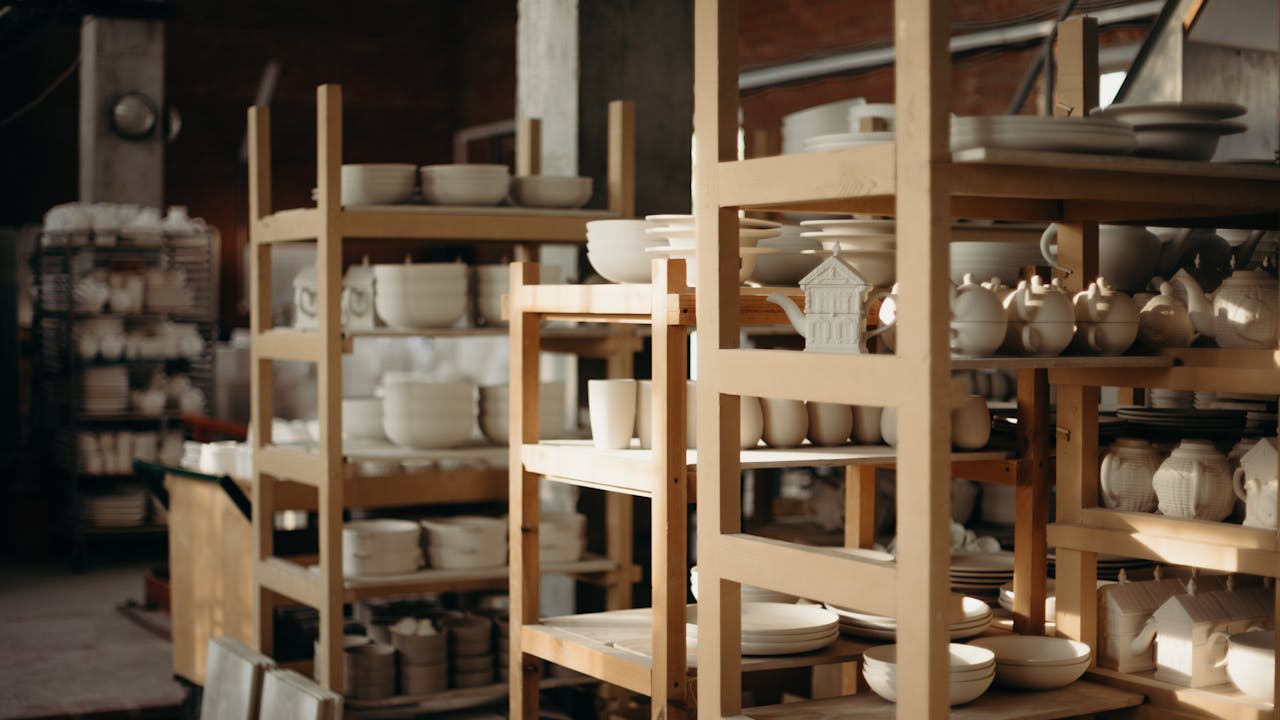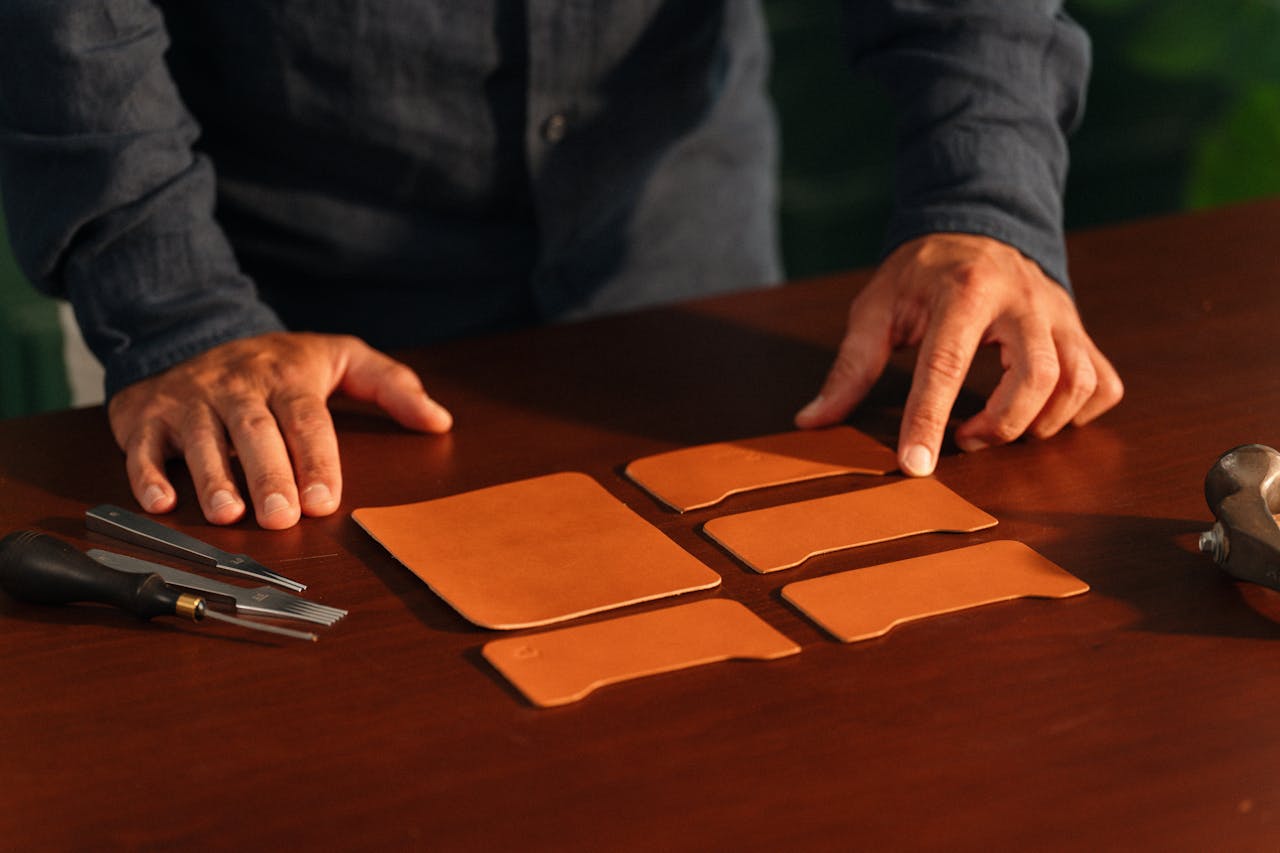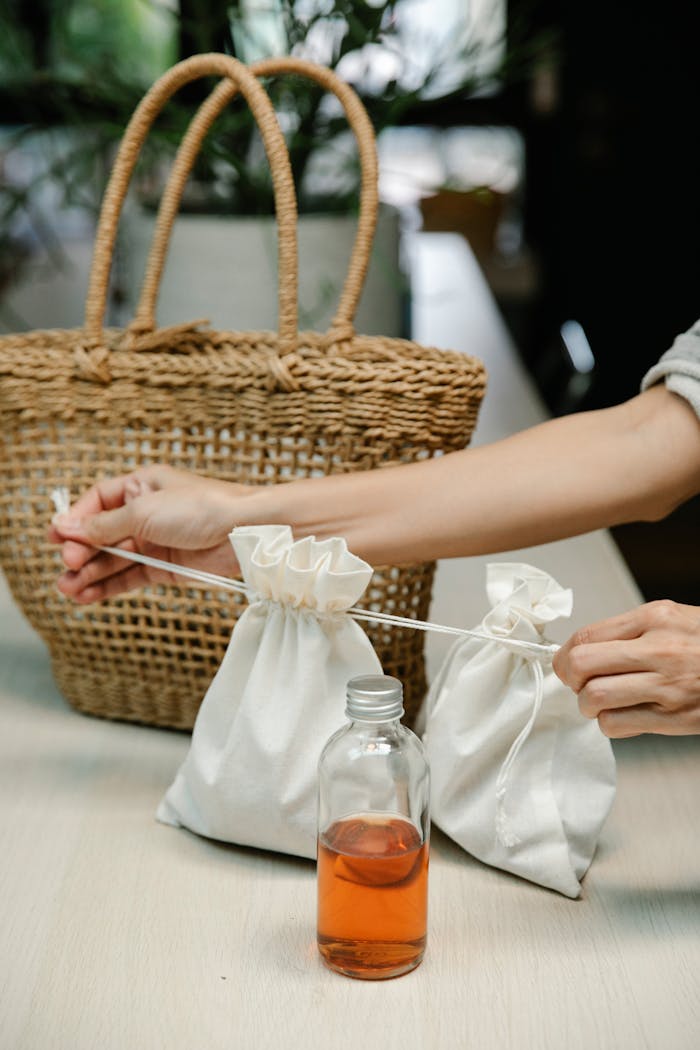The Quiet Chaos of Creation: How Imperfection Holds the World Together
I’ve always believed that creation starts with silence. Not the calm kind of silence, but the thick, awkward one — the kind that sits between two thoughts, or two people trying to understand each other. That’s where art happens, in that trembling space.
Sometimes, it’s hard to explain why we create. Maybe it’s because the world feels like it’s falling apart, and we just need to build something that doesn’t. Maybe it’s because chaos isn’t something to be avoided — it’s a language we forgot how to speak.
When Nothing Makes Sense, Art Still Does
There are mornings I wake up and feel like the whole system of life — jobs, news, deadlines — is too sharp. Too polished. I go for a walk, and I see cracks on the pavement. Paint peeling off walls. A bird missing half its song. And I think: that’s more honest.
Art, somehow, tells the truth in a way that logic can’t. It allows room for confusion, for stumbling, for “I don’t know yet.” In a world obsessed with being right, art whispers, “It’s okay to be wrong beautifully.”
Related thoughts? You might find this comforting read from The New York Times — about how creative minds embrace disorder as a source of meaning.
The Community That Exists in Fragments
At Odds and Pots, we believe art isn’t something you own — it’s something you share, even if it’s unfinished. The beauty of community art lies not in perfection, but in connection. In the clay left on someone’s hands after shaping something fragile together.
There’s a strange intimacy in imperfection. When you stand next to someone in a messy studio, when paint splatters over your sneakers, when laughter interrupts a serious project — that’s when the walls between people melt a little. That’s where healing sneaks in.
“Art is the residue of living.” Someone said that once during an art walk in Seattle. I didn’t write down who. Maybe that’s okay. Some words don’t need owners.
The Myth of Finishing
We like to think things end neatly. But no art is ever really done. A painting breathes differently in each light. A poem sounds new when whispered by another voice. Even broken pottery — kintsugi teaches us — becomes more valuable once it’s cracked and repaired with gold.
There’s a Japanese concept called wabi-sabi, which celebrates the beauty of imperfection and transience. You can explore it here — BBC: What is Wabi-Sabi? — it feels like the heartbeat of everything creative. Maybe that’s the truth of art: we’re all just trying to repair the cracks with something luminous.
Learning to Stay
We live in a fast-scrolling world. But creation asks us to slow down. To sit inside the mess, not fix it too quickly. Maybe that’s why community spaces matter — they remind us that process is progress.
Here in Seattle, workshops bloom not because artists are certain, but because they’re curious. They gather in odd corners, over chipped mugs of coffee, and talk about things that don’t have answers yet. That’s not failure — that’s faith.
When the World Feels Heavy
There’s this quiet grief in being human. We lose people. We forget dreams. We outgrow versions of ourselves we once loved. But art — art is what lets us hold that weight without collapsing under it.
In our events, I’ve seen strangers cry over someone else’s painting. I’ve seen hands tremble as they touch clay. I’ve seen people find themselves again, right there, in a room full of soft light and honest noise.
That’s why Odds and Pots exists — not just to make, but to remember. To let the unspoken find a shape. To remind us that it’s okay if the edges don’t align perfectly.
So, Why Do We Keep Making?
Maybe it’s because creation is rebellion. Against silence, against indifference, against forgetting. Every brushstroke, every song, every awkward attempt — it’s all a small declaration: I’m still here.
And maybe that’s the most sacred thing art does — it keeps us company, quietly, when the world forgets how to listen.
Between Order and Chaos
Some nights, I imagine the world as a giant studio — full of unfinished work, broken tools, laughter echoing off concrete walls. Everyone’s trying, failing, adjusting. No one really knows what they’re doing. But somehow, together, they make something breathtaking.
Perfection is sterile. Chaos, on the other hand, breathes. And maybe that’s the point — the world doesn’t need to be clean to be beautiful.
So, if you’re reading this, maybe it’s time to start again. Pick up the brush. The pen. The clay. Make something that scares you a little. Something you don’t fully understand yet. The world needs your mess, not your polish.
Because between the odds and the pots — between what breaks and what’s rebuilt — that’s where we find ourselves most alive.


